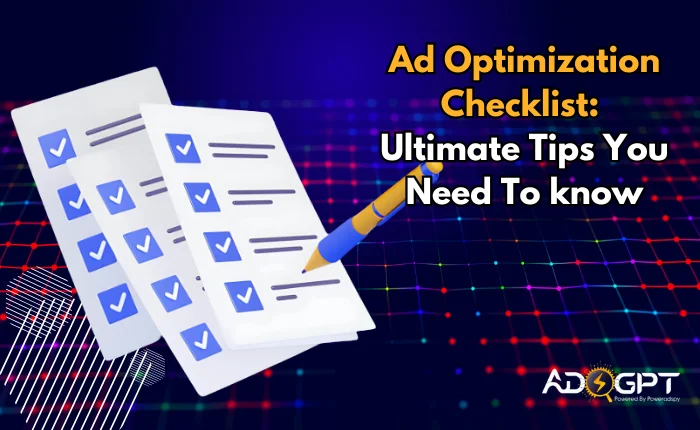
When it comes to online advertising, having a clear plan and a well-organized strategy can make all the difference. Whether you are kicking off a new campaign or tweaking an existing one, a solid ad optimization checklist can help steer your efforts toward better results.
This Blog offers practical steps and actionable tips to improve your ad campaigns. You will find clear guidance on setting objectives, analyzing audiences, crafting compelling ad content, and managing budgets.
What Is Ad Optimization Checklist?
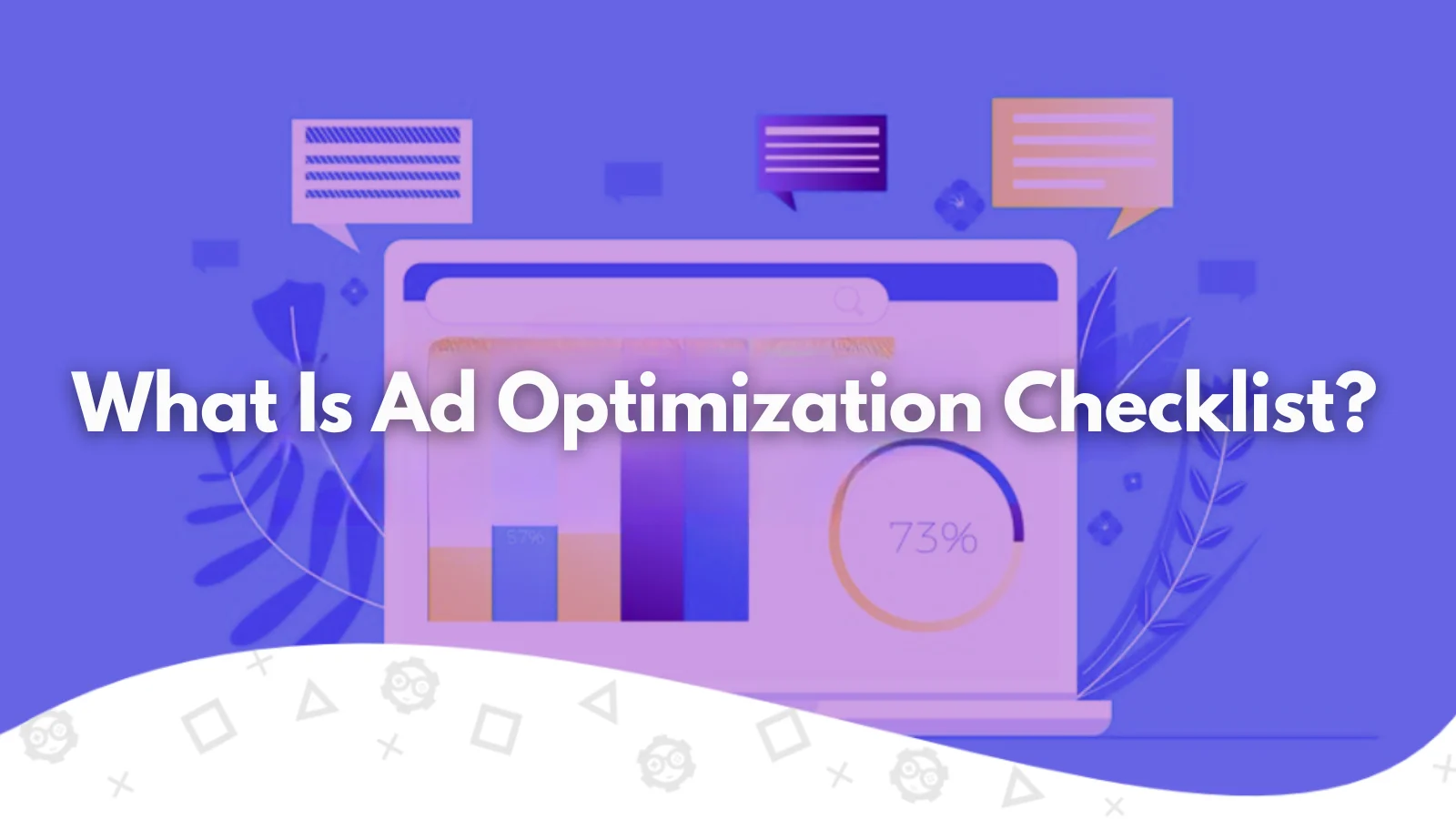
Before diving into the specifics of search advertising, it is important to understand the basics of an ad optimization checklist. This checklist is more than a simple task list; it is a structured framework that guides you through creating, monitoring, and refining your ad campaigns.
At its core, an ad optimization checklist includes setting clear goals, identifying your target audience, and tracking key performance metrics. For example, establishing measurable objectives—such as click-through rates or conversion targets—ensures that every element of your campaign is purposeful. Dividing your audience into meaningful segments allows you to deliver tailored messages that resonate with specific groups.
A solid understanding of these building blocks prepares you to optimize your Google Search Ads. In the next section, we will build your checklist step by step and discuss incorporating elements from a Google AdWords optimization checklist to enhance your overall strategy.
Building Your Ad Optimization Checklist
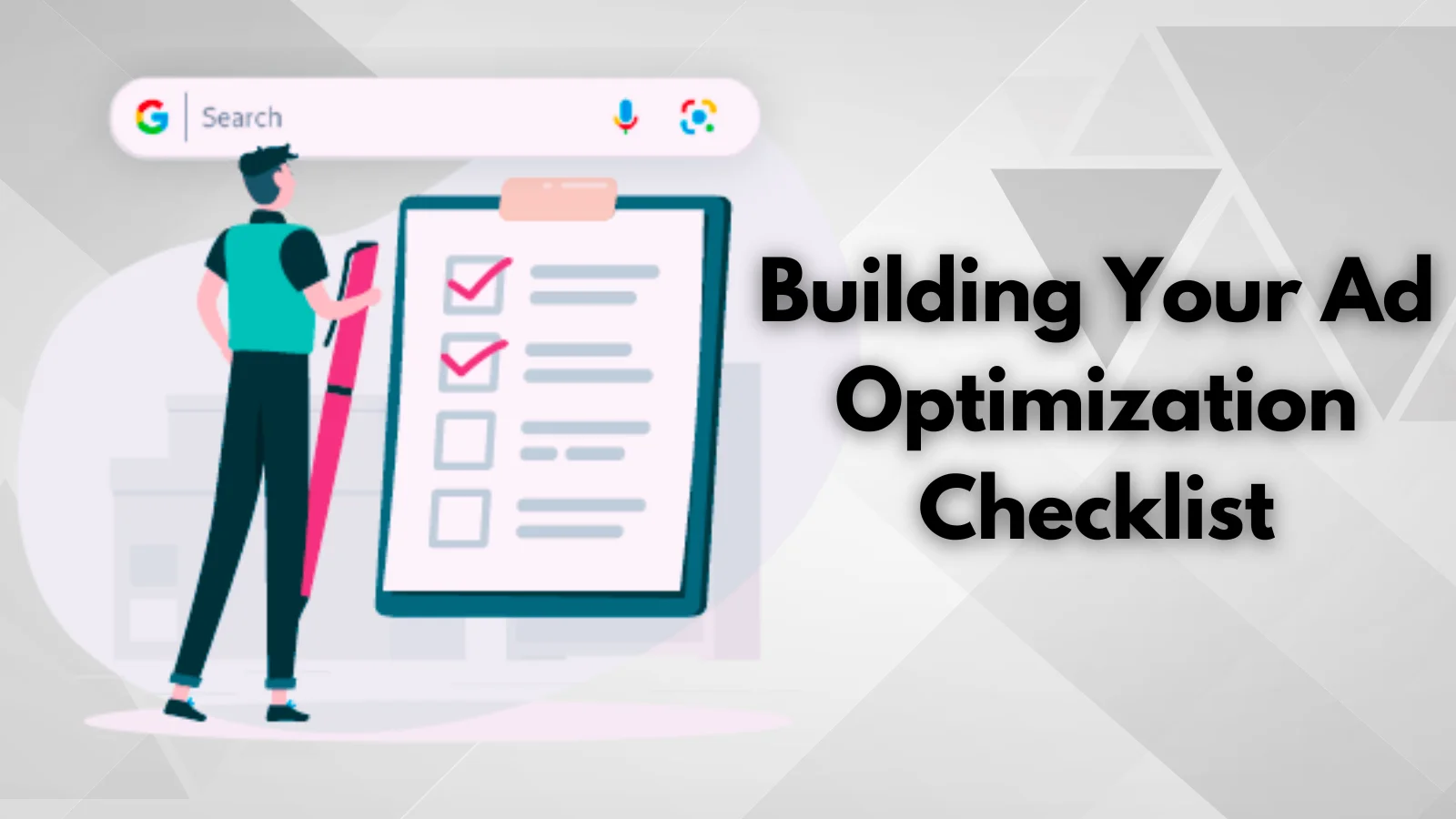
Creating an effective ad optimization checklist begins with a clear set of objectives. Start by determining what success means for your campaign. Are you aiming for increased website traffic, higher conversion rates, or improved brand engagement? Setting precise, measurable goals helps direct every subsequent decision.
Next, conduct a thorough audience analysis. Study demographic data and user behavior to break your audience into actionable segments. This segmentation enables you to craft specific messages for each group, increasing the relevance and impact of your ads. Additionally, insights from a Google AdWords optimization checklist can inform your bidding strategy and budget allocation, ensuring that your campaign is efficient and effective.
After establishing objectives and target segments, focus on the creative aspects of your ads. Write persuasive copy that communicates your message and supports a strong call to action. Complement your text with high-quality visuals that reflect your brand identity. Finally, develop a strategy for budget allocation and bid management. Monitor your ad spending closely and adjust bids based on performance data.
With your ad optimization checklist taking shape, you have built a solid foundation for launching effective Google Search Ads. In the next section, we will discuss how to implement this checklist in your campaign setup and manage your ads in real-time, all while incorporating best practices for Google ads optimization.
Implement The Checklist For Google Search Ads
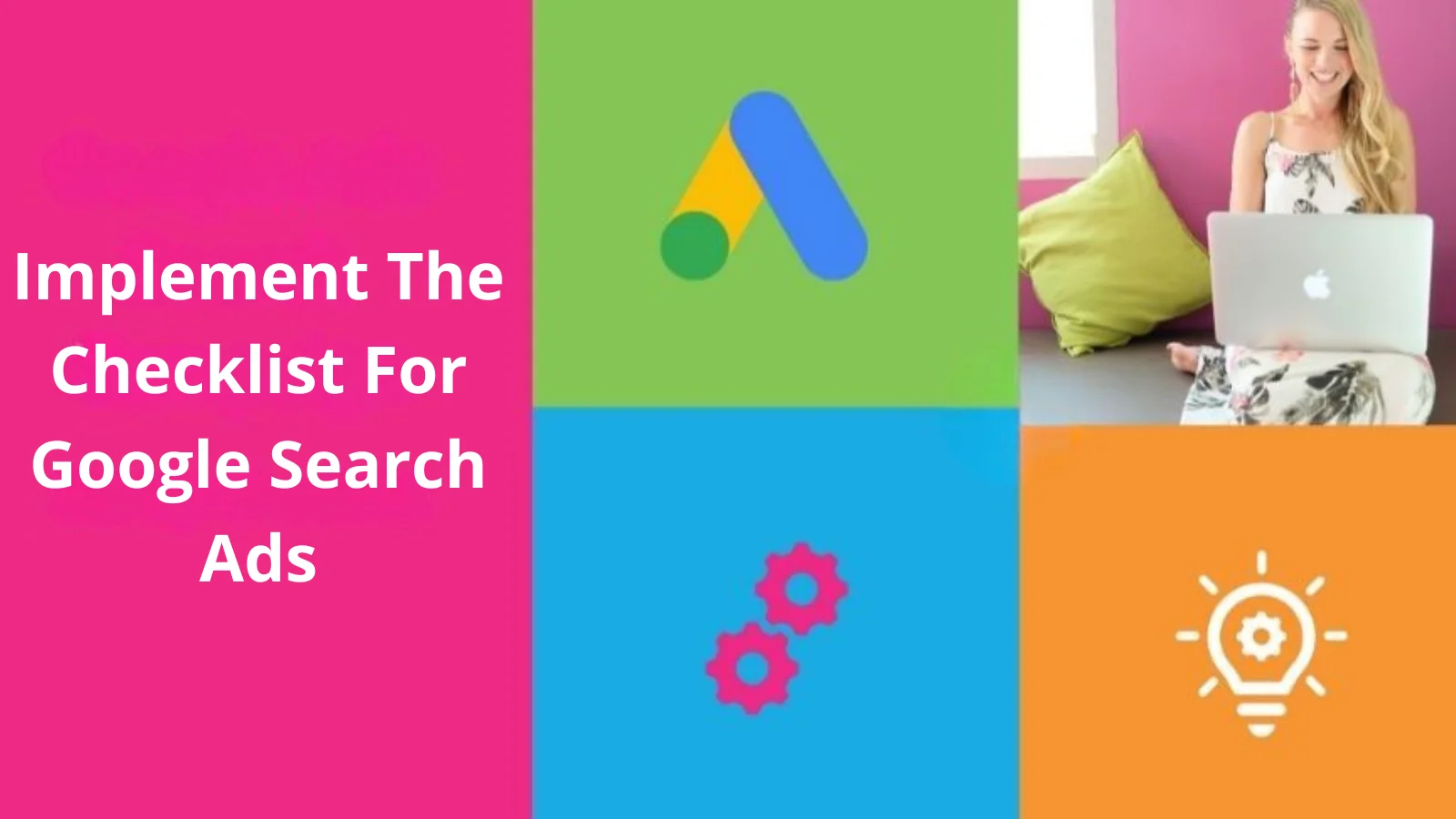
Now that you have developed your ad optimization checklist, the next step is to integrate it into your Google Search Ads campaigns. Begin by incorporating the checklist into your initial campaign setup, ensuring that every element—from ad copy and visuals to budget settings—is aligned with your established objectives.
Real-time monitoring is essential. Set up tracking tools to measure ad performance, and be ready to make data-driven adjustments. For example, if one audience segment shows lower engagement, revisit your targeting parameters or experiment with alternative ad copy. Regular monitoring helps you quickly identify and resolve issues, keeping your campaign on track.
Consider a case example of a business that refined its ad strategy using a comprehensive ad optimization checklist. By monitoring performance and making timely adjustments, they observed improvements in click-through rates and conversions. This approach is a core component of effective Google Ads Optimization, ensuring that every aspect of your campaign is successful.
Advanced Tips For Effective Google Ads Optimization
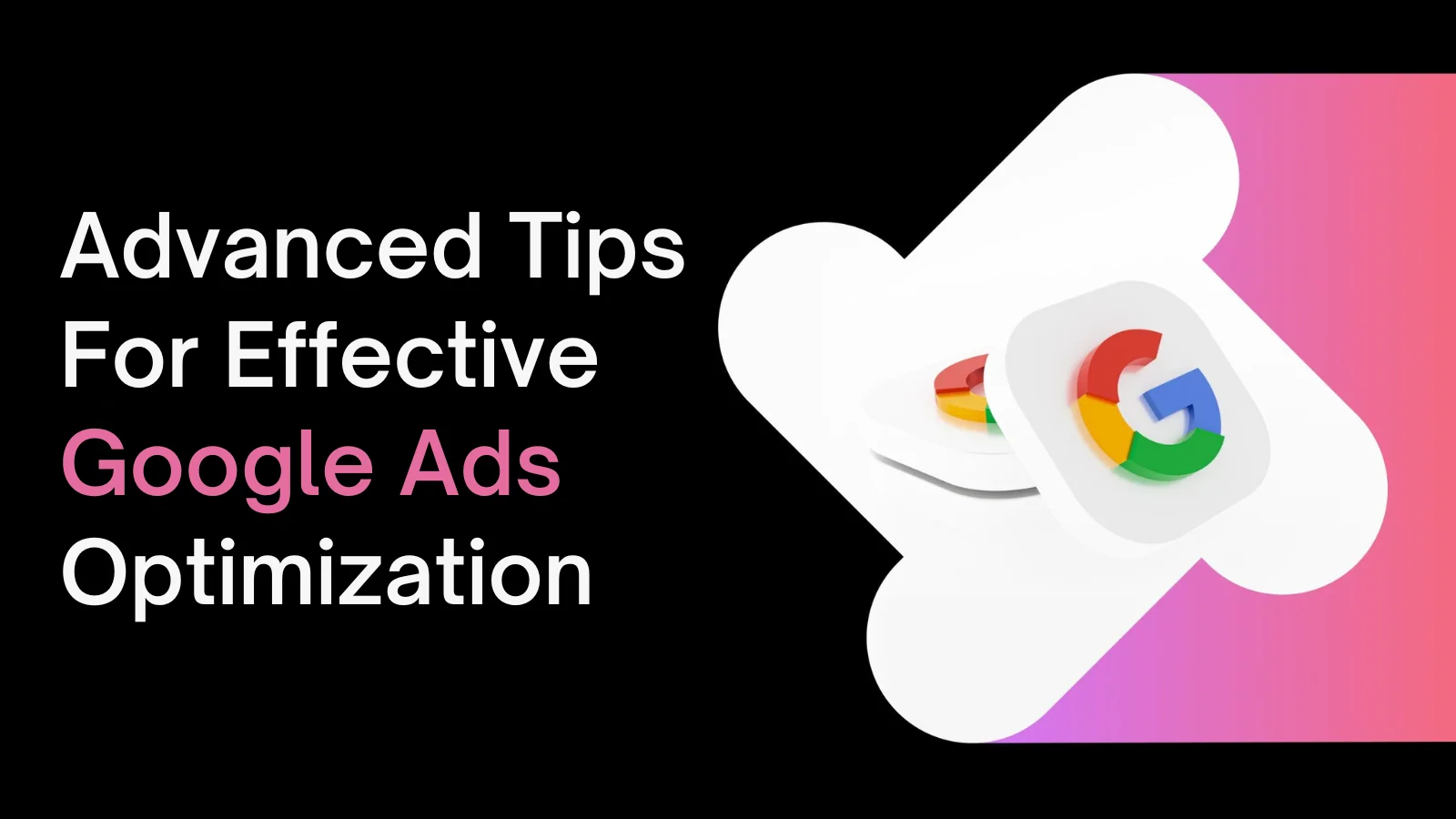
With your ad optimization checklist in place, it’s time to focus on advanced strategies to elevate your campaign performance. Here are some key techniques:
- Leverage Data Analytics: Data analytics plays a crucial role in this phase. Delve into detailed metrics to gain deeper insights into ad effectiveness. Use performance data to inform necessary adjustments—tracking metrics such as conversion rates, cost-per-click, and return on ad spend to highlight areas for improvement in your overall Google Ads optimization strategy.
- Implement A/B Testing: Another important tactic is A/B testing. Experiment with different versions of your ad copy and visuals to determine which variations yield the best results. This systematic testing ensures that you continually refine your messaging and creative elements. Every successful test offers insights that can be incorporated into your ad optimization checklist, keeping it dynamic and responsive to campaign performance.
- Utilize AI-Generated Ads: AI-generated ads can adapt in real-time, adjusting based on performance metrics and audience behavior. This level of optimization ensures that the advertisements remain relevant and engaging, leading to higher engagement and conversion rates.
One example of an AI-powered advertising tool transforming the industry is AdsGPT. By leveraging AI tools in advertising, businesses can create tailored and dynamic ads that drive results.
AdsGPT: Your Partner In Ad Optimization
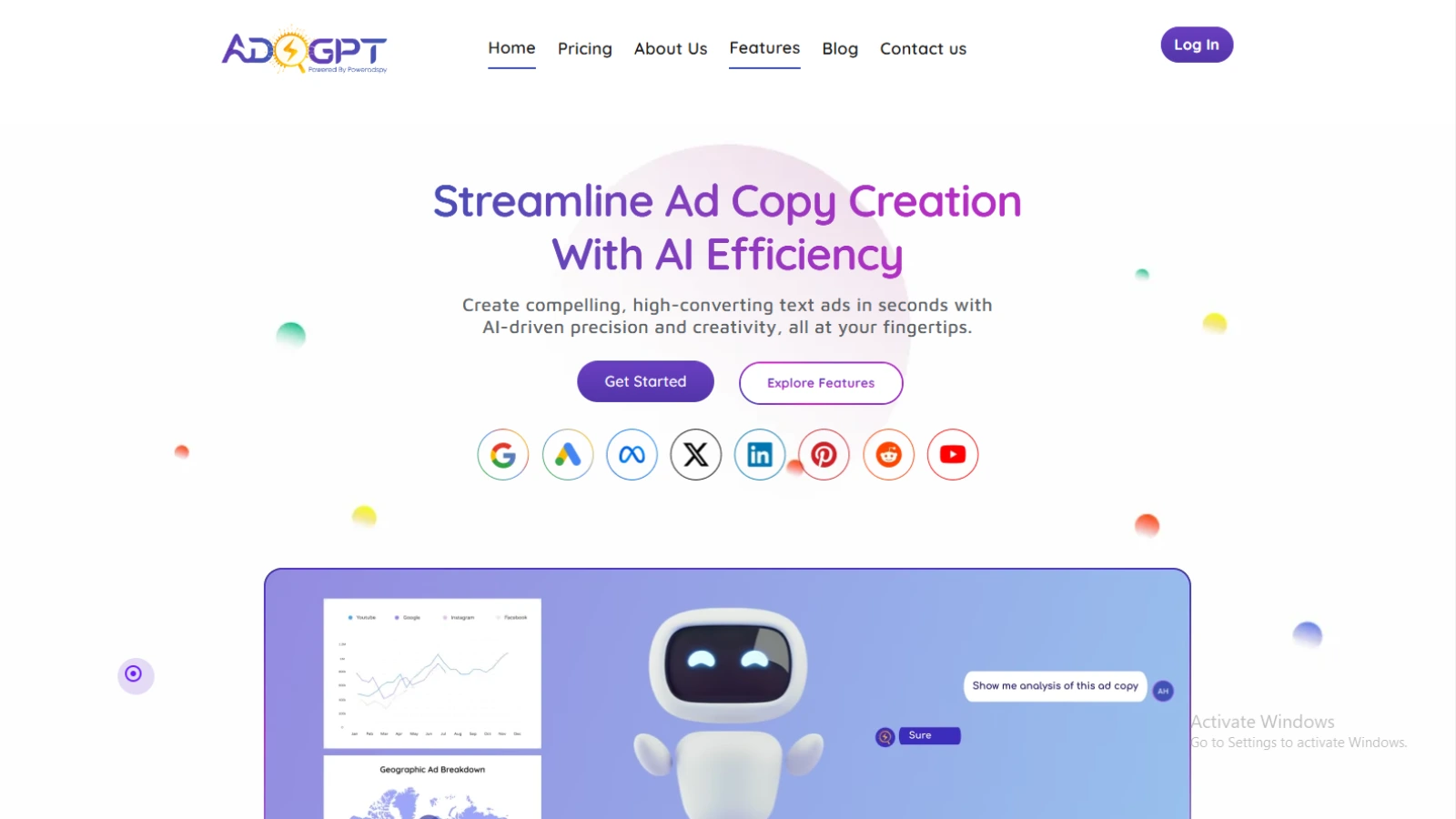
AdsGPT is designed to streamline the optimization process by delivering real-time insights, automating routine tasks, and providing actionable recommendations. Whether you’re focused on refining ad copy, managing your budget more effectively, or analyzing performance data, AdsGPT serves as a reliable partner in your ad optimization journey. Here are some of its features:
Key Features of AdsGPT
AdsGPT offers a suite of features to support your comprehensive ad optimization checklist:
- Instant Ad Copy Generation: Create tailor-made ad copies for platforms like Google, Meta, LinkedIn, Twitter, and more at lightning speed.
- AI-Powered Creativity: Generate high-performing, engaging ads based on your input and industry best practices.
- Platform-Specific Optimization: Generate ad copies optimized for each platform’s unique requirements, ensuring your ads always hit the mark.
- Competitor Insights: Analyze competitors’ ads, select the one that catches your eye, and let AdsGPT generate a similar copy for you in seconds.
- Comprehensive Performance Reporting: Access detailed reports providing clear insights into ad performance, helping you refine your strategies.
These features make AdsGPT an invaluable ally in your quest for improved ad performance, significantly enhancing your overall strategy for Google Ads optimization.
These features make AdsGPT a powerful ally in your quest for improved ad performance and serve as a significant enhancement to your overall strategy for ad optimization checklist.
Overcoming Common Challenges
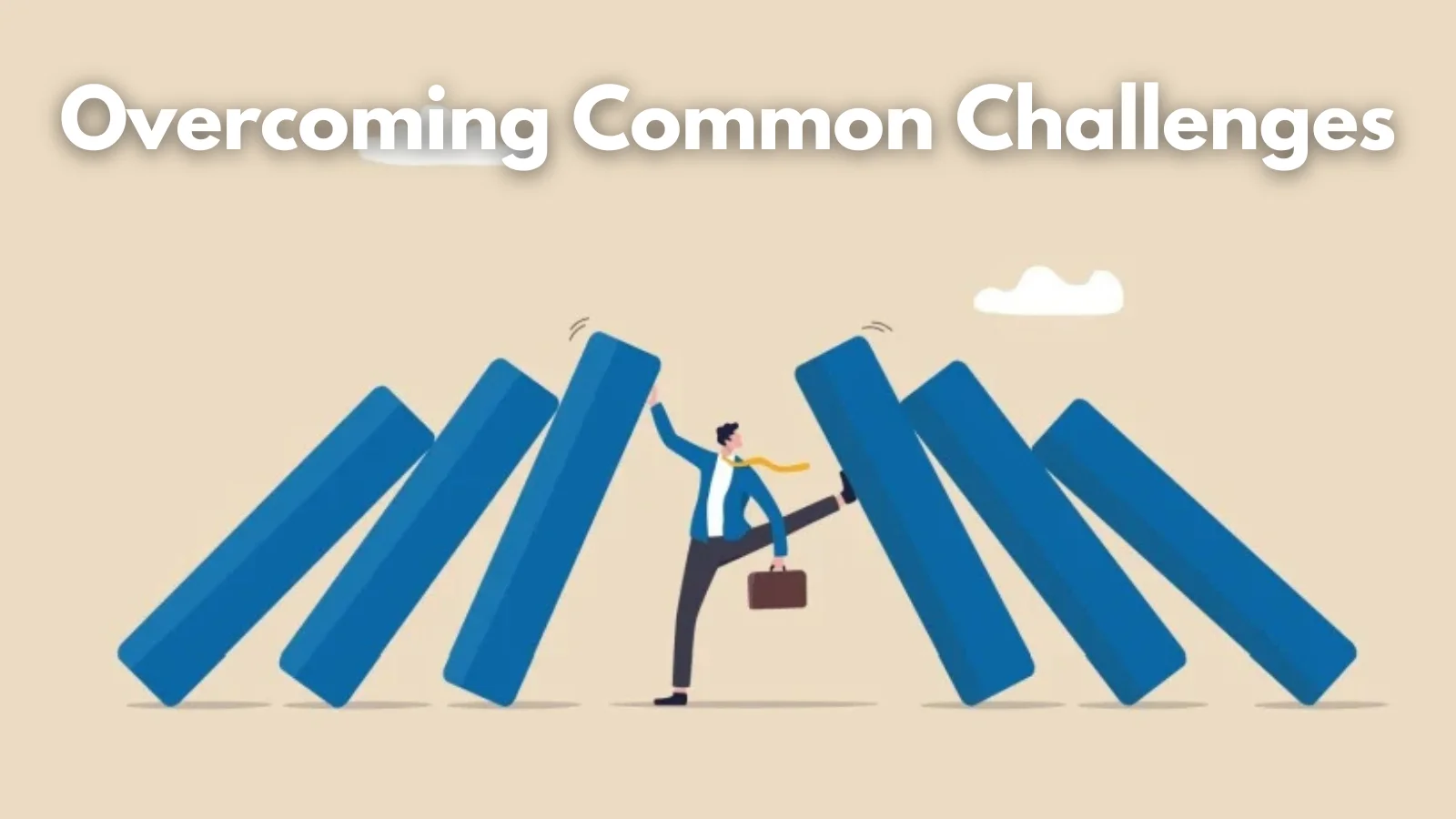
Even with a robust ad optimization checklist and advanced tools like AdsGPT, challenges in ad management can arise. One common issue is ad fatigue, where repeated exposure to the same creative elements leads to decreased engagement. To address this, periodically refresh your ad content—rotating visuals and updating ad copy can help maintain audience interest.
Budget constraints and competitive bidding are also frequent challenges. When ad spending is tight, it is important to focus on high-performing segments. Revisit your checklist regularly to reallocate funds to areas that yield the best returns. This proactive approach is a cornerstone of effective Google ads optimization.
Staying current with industry trends is another ongoing challenge. As Google Search Ads generator evolve, keeping your strategies updated is critical. Regularly review your ad optimization checklist and incorporate new practices as they emerge. Advanced tools like AdsGPT can assist by providing updated recommendations based on the latest data trends.
With these strategies in place to overcome common hurdles, your campaign is well-positioned for continued success. In the final section, we will summarize the key takeaways and provide a clear path forward for implementing these techniques in your ad campaigns.
Conclusion
A comprehensive ad optimization checklist is an invaluable tool for improving the effectiveness of your Google Search Ads. We began by exploring the fundamentals of an optimization checklist, progressed to building a tailored checklist with clear objectives, and discussed practical methods for implementing it in your campaigns. Advanced techniques such as data analytics, A/B testing, and audience feedback further enhance your approach, and integrating a tool like AdsGPT adds precision and efficiency.
By addressing common challenges and remaining adaptable, you can ensure that your advertising efforts continue to yield positive results. The combination of a structured ad optimization checklist and innovative tools for Google ads optimization creates a powerful strategy that drives meaningful outcomes.
Now is the time to put these insights into practice. Evaluate your current campaigns, update your checklist—incorporating elements from a google adwords optimization checklist if needed—and consider integrating AdsGPT to streamline your processes. Your next Google Search Ads campaign can greatly benefit from this structured approach. We invite you to implement these techniques and share your experiences, as continuous improvement is the key to lasting success.
With these steps and strategies, you are well-equipped to manage your Google Search Ads with precision and care. Each adjustment you make brings you closer to more effective advertising.




